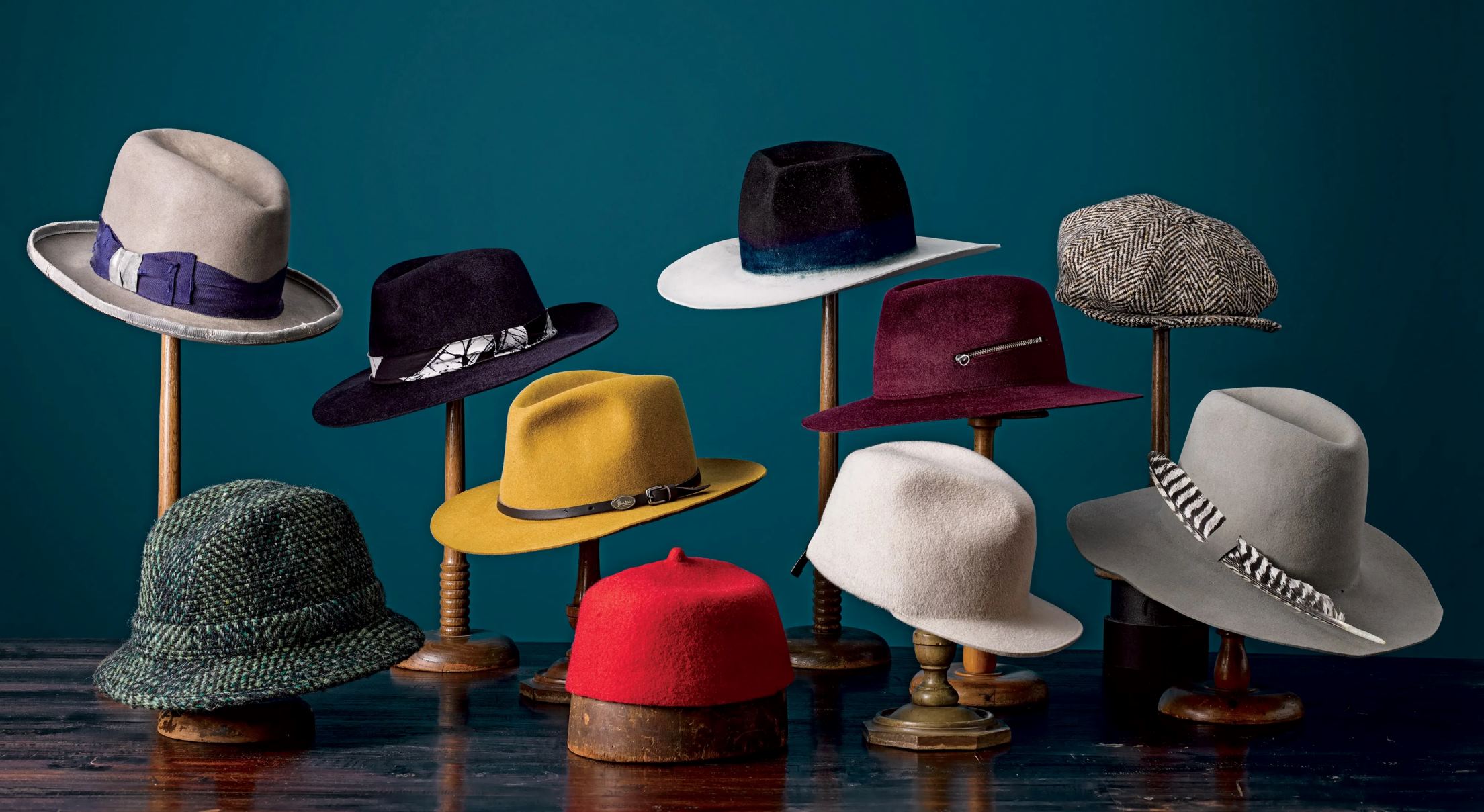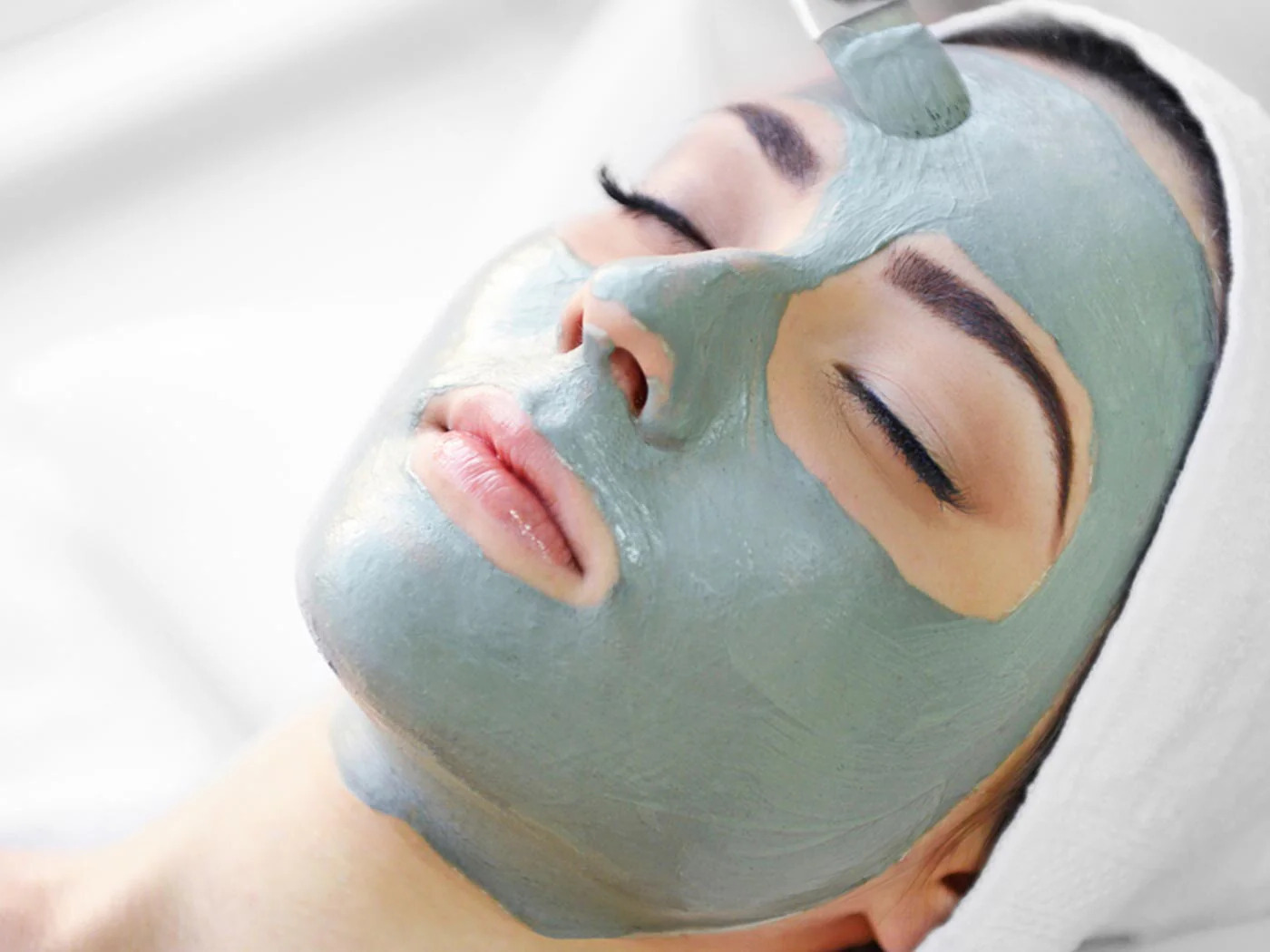
Hats have been a fashion staple for centuries, serving both functional and stylish purposes. From adding a touch of flair to completing an ensemble, hats have remained an integral part of our wardrobes throughout history. Whether it’s a cool cap for a casual day out or an elegant wide-brimmed hat for a special occasion, there is a hat for every occasion and personal style.
In this article, we will explore 11 fascinating facts about hats that you may not know. From the origins of popular hat styles to the symbolic meanings behind certain hats, these facts reveal the rich history and cultural significance attached to these headpieces. So, grab your favorite hat and prepare to uncover some intriguing details about this timeless fashion accessory.
Key Takeaways:
- Hats have been worn for centuries for protection, fashion, and cultural significance, making them a timeless accessory with a rich history and diverse styles.
- Hats serve practical purposes like sun protection and warmth, while also reflecting personal style and cultural significance, making them a versatile and timeless fashion accessory.
Hats have been worn for centuries.
Hats have a long history, dating back to ancient times. People have been donning hats for various reasons, including protection from the elements, religious or cultural significance, fashion statements, and even social status.
Hats come in various styles and designs.
From fedoras to baseball caps, beanies to top hats, there is a wide variety of hat styles available to suit different preferences and occasions. Each style has its own unique characteristics that make it distinct and recognizable.
Hats can serve practical purposes.
One of the main functions of hats is to provide protection from the sun, rain, and cold weather. Hats with wide brims shield the face and neck from harmful UV rays, while waterproof hats keep the head dry during rainy days. Additionally, hats can also help to keep the head warm in colder climates.
Hats can be a cultural symbol.
In many cultures around the world, hats hold significant meaning. They can represent social status, religious beliefs, or be part of traditional attire. For example, the iconic fez hat is associated with Turkish culture, while the sombrero is a symbol of Mexican heritage.
Hats have been worn as fashion accessories.
Throughout history, hats have played a role in the world of fashion. They can enhance an outfit and add a touch of elegance, sophistication, or even whimsy. From elaborate and decorative hats worn at special events to trendy and stylish hats worn as a fashion statement, they have become an integral part of the fashion industry.
Hats have been worn by famous personalities.
Many well-known figures have been recognized for their signature hat styles. From Abraham Lincoln’s iconic stovepipe hat to Pharrell Williams’ Grammy-winning oversized Vivienne Westwood hat, hats have become synonymous with certain personalities and have left a lasting impression.
Hats can be customized and personalized.
With the availability of customization options, individuals can personalize their hats to reflect their own unique style and preferences. Whether it’s adding embellishments, embroidery, or even having a custom design made, hats can be a great way to express individuality.
Hats have been used as a form of disguise.
In movies and literature, hats have been portrayed as a tool for disguise. Classic characters like Sherlock Holmes and Carmen Sandiego are often depicted wearing distinctive hats as part of their disguises to conceal their true identities.
Hats have become collectible items.
Some enthusiasts collect hats as a hobby. Vintage hats, rare designer pieces, or hats associated with famous individuals or events can hold significant value for collectors. These collections showcase the rich history and diversity of hats as a form of art and cultural expression.
Hats have made a comeback in recent years.
While hats have always been a part of fashion, there has been a renewed interest in wearing hats in recent years. More people are embracing hats as a stylish accessory and incorporating them into their everyday outfits, bringing a touch of old-world charm and sophistication.
Hats can be a reflection of personal style.
Choosing the perfect hat can be a way to showcase individual style and personality. Whether it’s a casual cap, a wide-brimmed sun hat, or a stylish beret, hats allow individuals to make a fashion statement and add a unique touch to their overall look.
Conclusion
In conclusion, hats are not just a fashion accessory but also serve various practical purposes. Whether it’s protecting us from the sun, keeping us warm in cold weather, or adding an extra touch of style to our outfits, hats have been in use for centuries. From the functional and versatile baseball cap to the elegant and sophisticated fedora, there is a hat for every occasion and preference.It’s fascinating to learn about the history, cultural significance, and manufacturing processes behind hats. From the iconic cowboy hat to the trendy beanie, hats have become an integral part of our everyday lives. So the next time you put on a hat, remember the interesting facts about hats and the stories they hold.Whether you’re a hat enthusiast or simply curious about the world of hats, these 11 facts provide a glimpse into the diverse and fascinating world of headwear. So, next time you wear a hat, appreciate its history and the impact it has had on cultures around the world.
FAQs
1. What is the oldest hat ever discovered?
The oldest hat ever discovered is the remains of a straw hat dating back to around 3500 BCE, found in the tomb of a Danish bog body.
2. Are there any hat-wearing traditions in different cultures?
Yes, many cultures have hat-wearing traditions. For example, in Western culture, it’s common to wear hats at formal events such as weddings or horse races. In some cultures, hats are worn as a sign of respect or religious devotion.
3. Can wearing a hat help protect against sun damage?
Yes, wearing a hat can provide some protection against sun damage by shielding your face and scalp from direct sun exposure. However, it should not be a substitute for sunscreen and other sun protection measures.
4. Are there any famous hat-wearing celebrities?
Yes, there are many famous hat-wearing celebrities, including Johnny Depp, Pharrell Williams, and Audrey Hepburn, who were known for their iconic hat styles.
5. Are there specific hats associated with certain professions?
Yes, certain professions have hats associated with them, such as the chef’s toque, the firefighter’s helmet, and the military’s beret.
6. What is the purpose of the propeller on a propeller hat?
The propeller on a propeller hat is purely decorative and serves no practical purpose.
7. Can wearing a hat cause hair loss?
No, wearing a hat does not directly cause hair loss. Hair loss is typically caused by factors such as genetics, hormones, and certain medical conditions.
8. What is the significance of the different colors of graduation caps?
The different colors of graduation caps represent different academic disciplines or fields of study.
9. Are there any superstitions associated with hats?
Yes, in some cultures, it is believed that placing a hat on a bed is bad luck.
10. Can hats be customized or made to order?
Yes, many hat manufacturers offer customization or made-to-order services, allowing customers to create unique and personalized hats.
11. How should I care for my hats?
Proper hat care may vary depending on the material, but general tips include storing them in a cool, dry place, avoiding excessive exposure to sunlight or moisture, and gently cleaning them as per the manufacturer’s instructions.
Was this page helpful?
Our commitment to delivering trustworthy and engaging content is at the heart of what we do. Each fact on our site is contributed by real users like you, bringing a wealth of diverse insights and information. To ensure the highest standards of accuracy and reliability, our dedicated editors meticulously review each submission. This process guarantees that the facts we share are not only fascinating but also credible. Trust in our commitment to quality and authenticity as you explore and learn with us.


